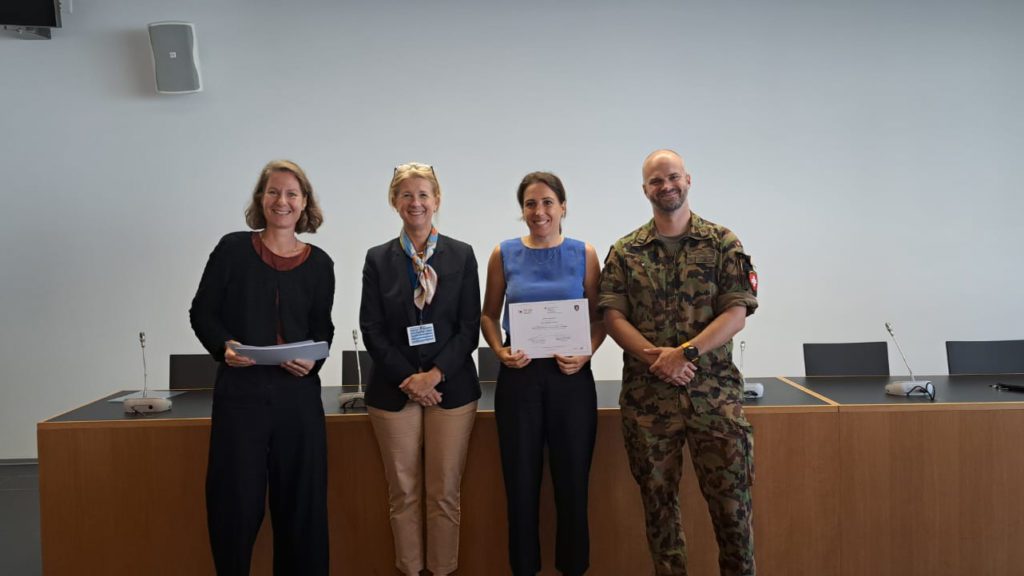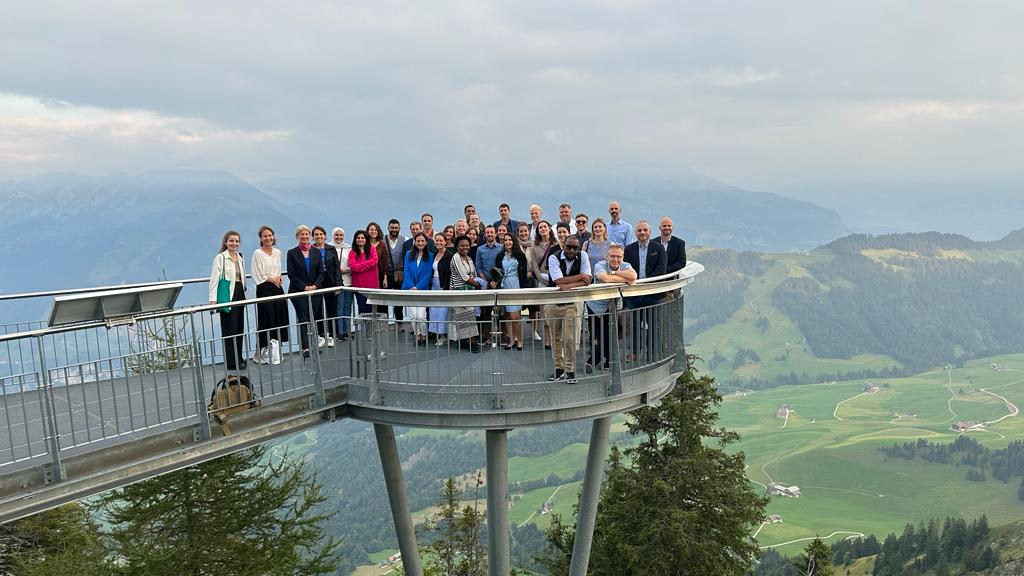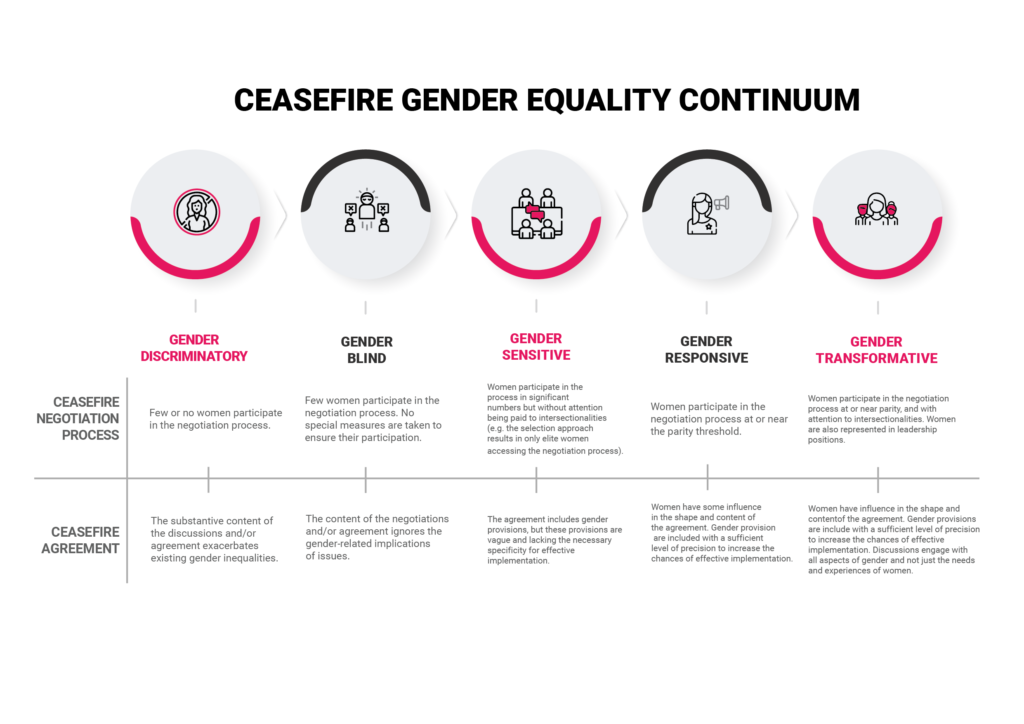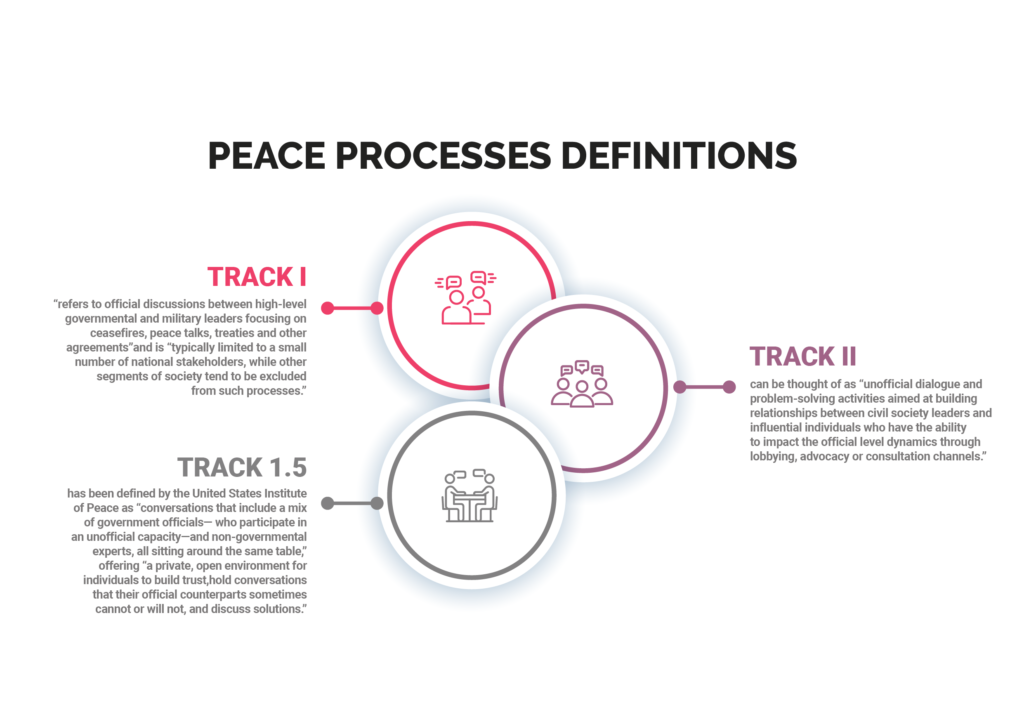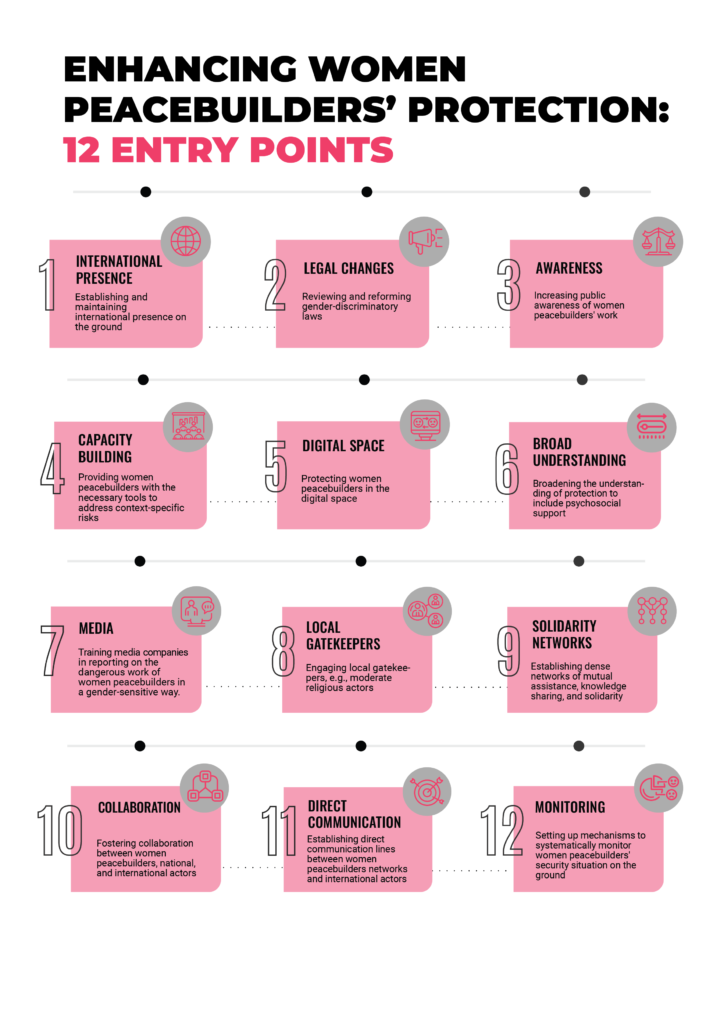Peacebuilders need to take time out to recharge too. Inclusive Peace’s Peace Process Support Advisor, Rainer Gude reflects on how taking a walk helped a peacebuilder find some peace of mind.
Bob Marley’s legendary producer, Lee “Scratch” Perry, once famously said, “everyone wants a piece of this and a piece of that, but me don’t get no peace.”
We peacebuilders also have a lot of people (funders, colleagues, and partners… let alone our families and friends) that want a “piece” of us. But do we have the right to a real vacation, I mean one where no one can get a “piece” (even in email or whatsapp form) of us, one where we can really find some of our own peace? Some nagging voices, including the ones in our head, may even question if we have the “right” or the “luxury” to go on holiday, let alone a “long” or even, heaven forbid, a “disconnected” holiday.
Now, please don’t take any of this with any judgement (although there may be a slight bit of judgement towards those who place deadlines in the middle or right at the end of vacations…) . I realise I speak with the privilege of being actually able to take a vacation. Furthermore I speak with the knowledge that many people who could and try to take vacations are bogged down by the urgencies of their organisations and positions. Take this simply as my own experience and as an advocacy for the importance of finding spaces that give you peace and recharge those batteries. What follows are my reflections on how vacation actually makes me a better peacebuilder.
I would argue, and even promote, that a good holiday, finding some good “peace” for yourself where no other piece of yourself is available to your work, is not only a good thing, but also a necessary one. One that is an investment in yourself, your future and indeed your present, besides being also good for valuable family and friend time. Sometimes our work is so urgent, important and necessary that the best possible thing is to take a break.
Jean Monnet, one of the godfathers of what would become the European Union was famous for dropping everything, even in the middle very important and tense moments of writing and preparing what would lay the foundations for European peace, and simply leaving to hike for two weeks in the alps. We can wonder if he would have taken a smartphone had he had one… but lucky for him, back then being “unreachable” was more of a reachable goal.
Inspired and encouraged by Jean Monnet’s ambulant example I have taken a few walking breaks myself. I have walked the Camino Santiago and also more recently (last year) took a sabbatical to walk 1,000 km to Rome. Yeah, I kind of like walking. So this summer, now that I live in Nairobi, I went looking for a similar option. With some friends we came up with the idea of hiking and camping the Tanzanian coast walking 100 km from Dar es Salam along wonderful beaches, towering Baobabs, and quiet local fishing communities. Of course, three muzungus (Swahili for “white person”, as we were myself, and Italian and a Filipino) were quite the oddity with our big backpacks, who were just “walking” for “fun” and sleeping in a tent out of our own free will.
Needless to say this vacation was quite the change of pace, and indeed very refreshing. But why? And why would a peacebuilder, dealing with many urgent challenges of the countries and populations they are trying to accompany, want a break or to be disconnected from the urgent needs of the context or their team and colleagues (and of course never forget the donors)? Well, precisely because that work requires the best of our energy and ourselves, we sometimes need to recharge those batteries and take care of the best peacebuilding tool we have, ourselves. Clearing our minds with some new scenery, some new experiences and getting as far away from an office, computers, team meetings in any shape or form is a way of getting some much needed headspace, perspective, and yes, some peace. And trust me, to be a good peacebuilder (let alone a relatively balanced person) you will need that.
Our peacebuilding work, like life itself, is a journey, indeed an adventure, and this physical journey of my vacation offered a lot of lessons that not just recharged the batteries but are applicable to work and life as well. It did so by literally slowing things down by allowing me to go one step at a time. Took me off the beaten path as we walked mostly on the beach and were at the whim of the tides, sometimes embarking on the adventure of scaling jagged half eroded coastline rocks and wading through rivers bulged by high tide. This sense of adventure and embracing the uncertain and living one moment at a time was also as refreshing as the frequent dunks in the beautiful ocean that accompanied us along the way. It is also extremely refreshing to only carry what you need, live simply with less, and enjoy the hospitality and help of locals for directions, guidance, and advice on where to stay and of course eat. Getting the freshest fish imaginable from local fisherman was also a treat, as is being nourished by their stories and perspective on life as they navigate the challenges of theirs (so different from your own) in boats carved from mango trees and courage and simplicity that can face whatever the winds and waves of time may send them.
Another great thing about such a holiday is that your “to-do” list is actually so easy and achievable that you can remember it without writing it down or putting it in any app, and, more importantly you can actually achieve it. Walk, eat, sleep, listen to your body, enjoy, repeat. Now, I could go on, but the last benefit of such a vacation, for anyone really, but particularly for the peacebuilder, is that you see progress. How often is our progress or success so difficult to measure? How many more meetings or emails will it take to feel like there is “progress?” Well, when you are walking the coast of Tanzania, you can literally see the skyline of Dar es Salam, where you started, disappear in the distance behind you and you can see the shoreline and villages changing as you advance. You can even see the astonishment in people’s faces when they hear where you started. “That’s impossible” is often said (if not, “that’s crazy”). It is indeed a great discovery to feel in your bones, and your feet, that the “impossible” (or crazy for that matter) is simply many small steps of “possible”, and it is a discovery that refreshes and even relaxes you.
Now, we need something to tie this all together. Or perhaps, to speak your language, you can call this the “Executive Summary,” and since we live in a world of acronyms and something practically doesn’t exist if it does not have some memorable acronym, here is one that may help summarise what a good vacation and recharging period requires. Let’s call it CUT:
- Connect: with yourself, with loved ones, with nature, with your passion
- Unplug: from work, from technology, emails and other work communication
- Try: something new, a bit of adventure, a bit of uncertainty, and not something that can be measured, or weighed down, in success or failure
Lastly, I know that walking is not for everyone, but some of these things that I mentioned can be helpful in refreshing oneself and finding some peace in the midst of turmoil. We probably need to ask ourselves more regularly, what refreshes me? Where and how can I find some peace for myself? Where and how can I keep from being torn in many different directions, or pieces? The work we do is important, and urgent, and indeed quite necessary and what’s more sometimes we really have become “indispensable”. But, in order to be able to give the best of yourself to your team, your partners, your family, even the donors and more importantly to yourself you may need to think of how that is best done for you.
And a final thought. We can certainly give our precious time, piece by piece, to building peace. My experience simply shows that maintaining some of that “building” to be done within your own life, is not only the best thing you can do for yourself, but for everyone else too.
Wishing all of you a great journey in this year ahead.
Photo: Rainer Gude
